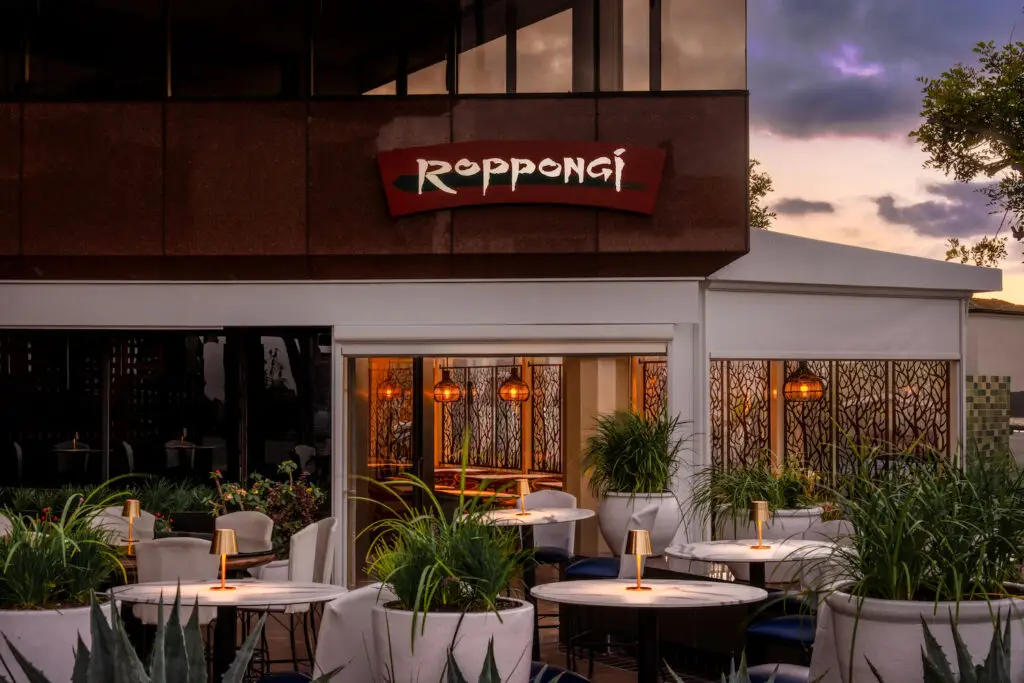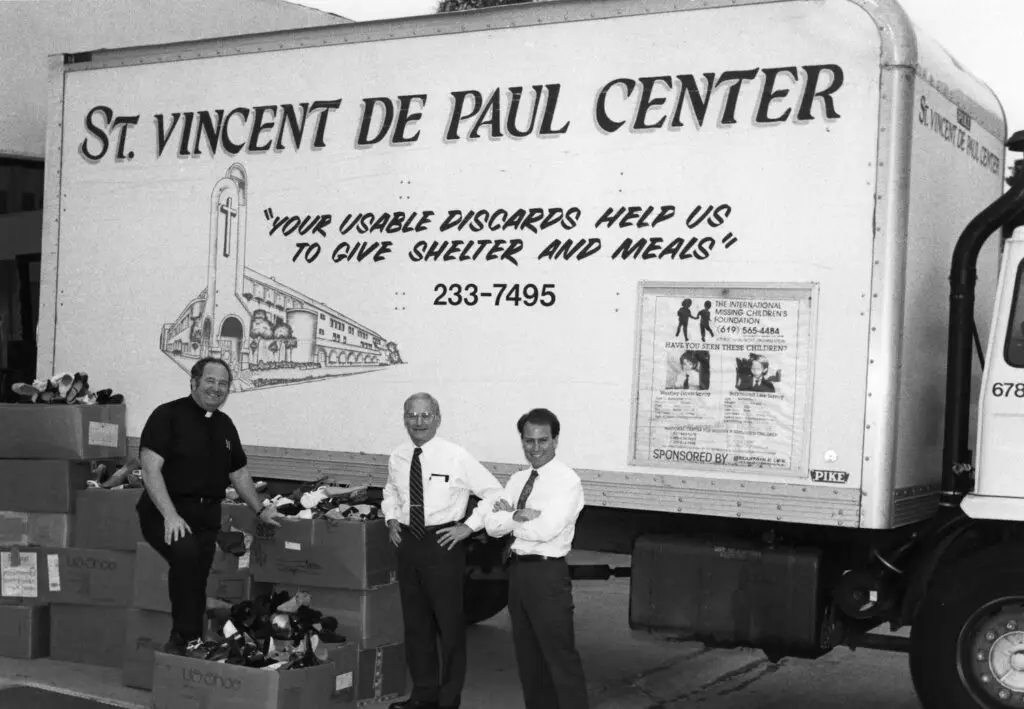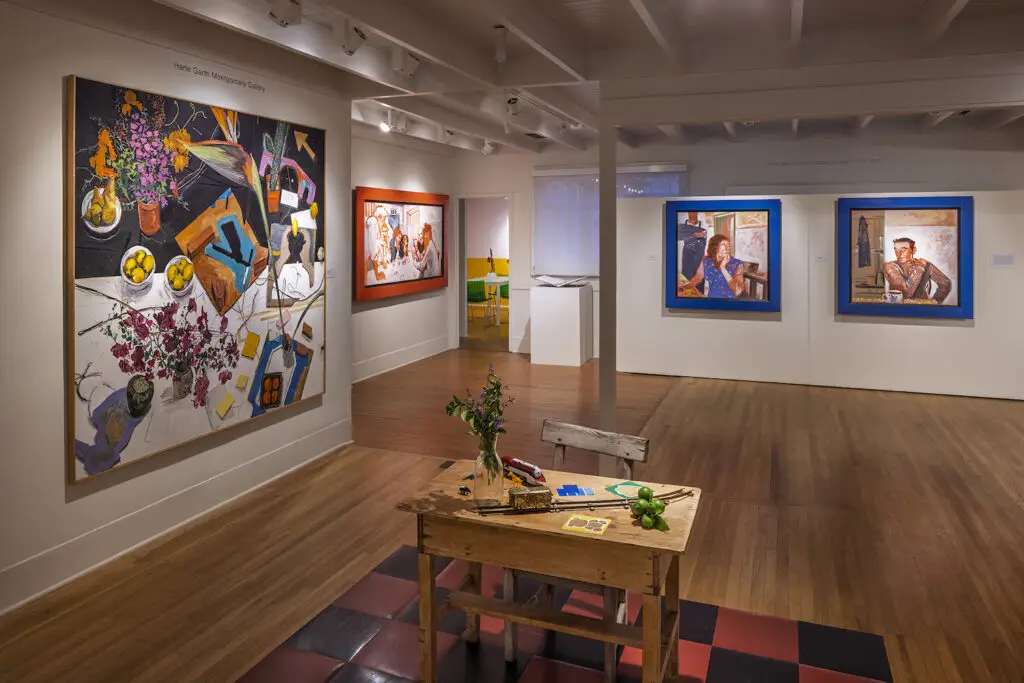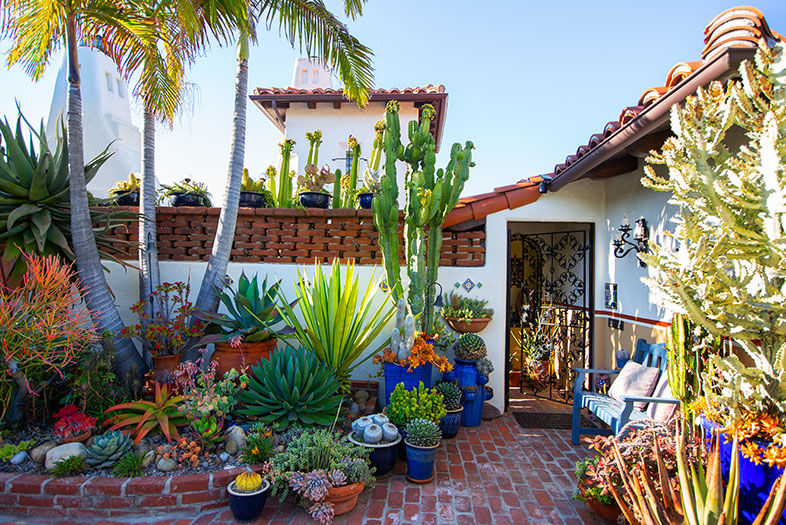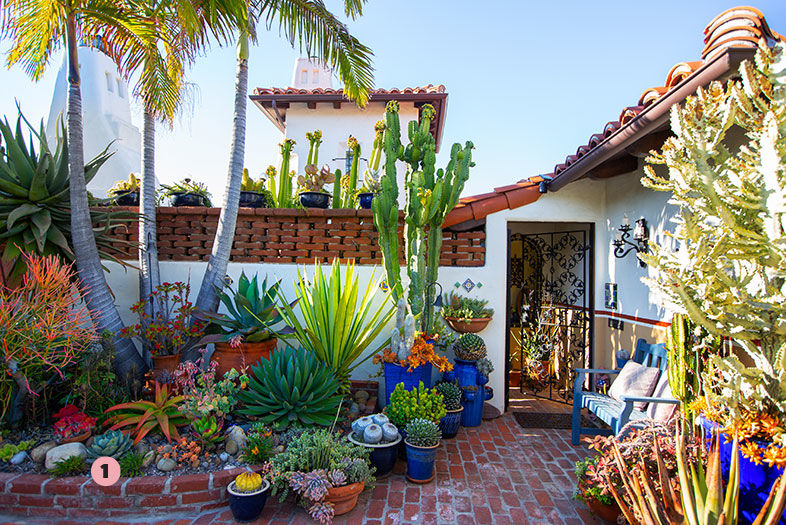
Ornamental Landscaping: Wander Through Jim Bishop’s Missions Hills Oasis
Emily Kaszton
It all began in an attempt to carry the style of his 1939 Mission Hills abode to the outdoors, with a few succulents planted in some Spanish Colonial Revival pots. “I was trying to do what they call ‘sense of place,’ so that the landscape and the house go together,” explains Jim Bishop, a retired software engineer and 2019 San Diego Horticulturist of the Year.
Twenty years later, those original pots are merely the prelude to his .86-acre ornamental oasis, the main show of which is a 100-foot hillside in the back. He and his partner Scott Borden started by filling in their swimming pool and replacing it with a tower leading to a casita for more entertaining space.
Then, when the fire department cited them for having too much brush on their hill, that set everything else in motion. They shredded the majority of their eucalyptus trees—”it was unwalkable … there were hundreds”—to create a mulch pile that was 30 feet wide and eight feet deep, more than enough to cover the entire hillside and to lend Bishop the perfect palette to groom it from top to bottom.
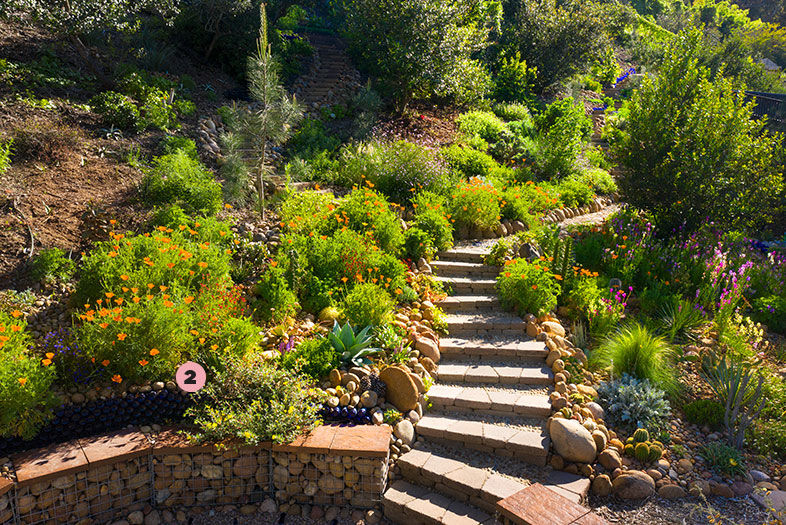
Ornamental Landscaping: Wander Through Jim Bishop’s Missions Hills Oasis
Today, there are 300 stairs that lead from the peak to the base. As for how many plant species you can spot along the trek? “I have no idea,” Bishop says. “I would guess well over a thousand. I’ve never had time to count them up!” Instead, he points out four “collections”—aloes, agaves, Australian, and South African—that thrive in his “climate-appropriate landscaping,” which he claims isn’t really as Mediterranean as people make it out to be.
“Mediterranean climates are way wetter than ours.” He pulls his hydration from a 2,000-gallon rainwater tank that feeds into sprinklers throughout the hill and is also used to hand-water the rest, especially those potted plants. “It takes about eight hours to water them all by hand. We do it once a week.”
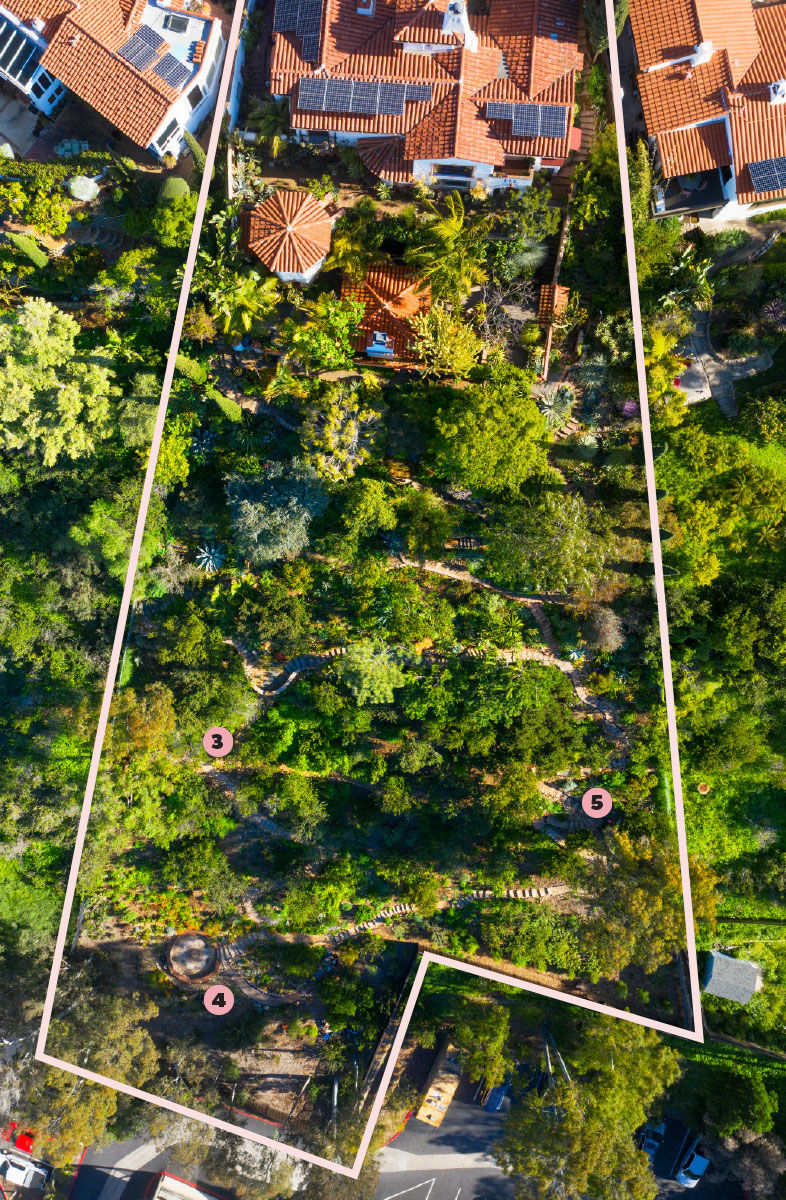
Ornamental Landscaping: Wander Through Jim Bishop’s Missions Hills Oasis
Key to the Garden
1. Succulents
“I don’t like to plant anything that doesn’t live seven or more years, because I hate to haul it up the hill,” Bishop says. “Succulents are great to add structure—they call them the bones of the garden—then I use a lot of blooming shrubs for everything else.”
2. Poppies
“My mom grew these 60 years ago,” Bishop says, and remembers collecting seeds for her to do so. “She sent me seeds in the ’80s, and I planted them here. Now they just come up.”
3. Trash cans
You’ll often spot a waste bin tucked into some cranny of the landscape for Bishop to discard weeds or bush. “When I find grass, I have to pull it,” he says. “We fill seven to nine cans a week.”
4. Mosaics
With an eye for design, Bishop has created mosaics from recycled roof tiling and pebbles in the terraces of the garden and taught his assistant Cathy how to do so, too. “It’s hard to sit on the ground when you’re over 60.”
5. Traps
“The pest control never stops. There’s three gophers down there right now. They breed like mad when it rains. There’s also an agave weasel in town who will wipe out all of your agaves, if you’re not careful.”
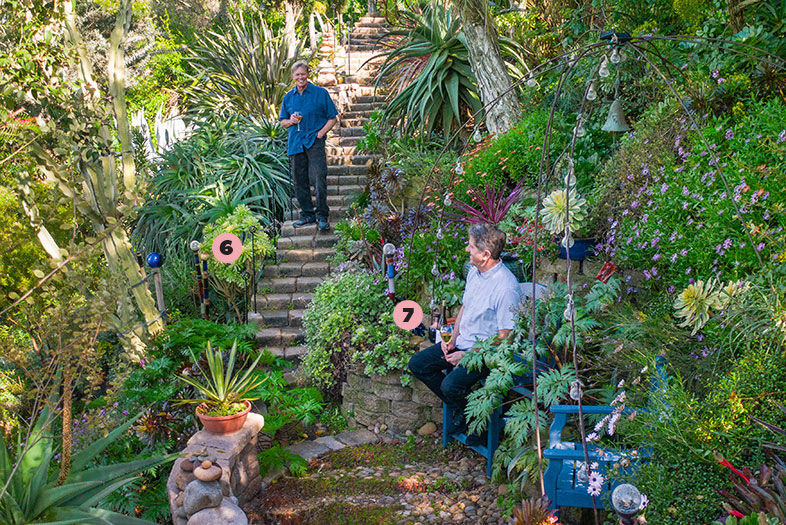
Ornamental Landscaping: Wander Through Jim Bishop’s Missions Hills Oasis
6. Handrails
“I’ve fallen four times in the garden, but I’ve never broken anything,” Bishop says, with crossed fingers. Since he won’t be getting any younger, he plans to install more handrails.
7. Bottles
There are some 10,000 bottles styled throughout the garden as wall faces. He’s gotten bulk donations over the years, but, as of late, the colors skew blue, thanks to a buddy who donates empty Bud Lights, and green, because Pellegrino is Bishop’s drink of choice.
Tools of the Trade
When you’ve got a 100-foot hill to maintain, the last thing you want to do is climb all the way to the top for something you forgot. Here’s what Bishop brings along for those days when’s he’s knuckle-deep in the dirt for hours on end.
A cell phone
“It’s for in case I fall, plus Cathy [his assistant] and I will lose ourselves in the garden. I like to take pictures, too.”
Sunscreen
Since he’s had a run-in with skin cancer, Bishop has to be extra cautious with his sun exposure. He never forgets his headband, a slather of sunscreen and, for good measure, sometimes a hat.
Water-filled Pellegrino bottle
“Water is a biggie.” To build up his bottle walls, he’ll fill an empty Pellegrino and add it to a facade when he’s done.
Clippers
For overgrown vegetation, Bishop always has a pair of clippers in his pocket.
Garden gloves
“I’ve got a whole drawer full of these,” Bishop says. He’ll often bring a pair of disposable ones, too, for when he’s working with wet foliage.
PARTNER CONTENT
Bucket
For all other items he has to carry, Bishop brings along only his chicest tote—a bucket. “I’ve tried other things. This just works.”
